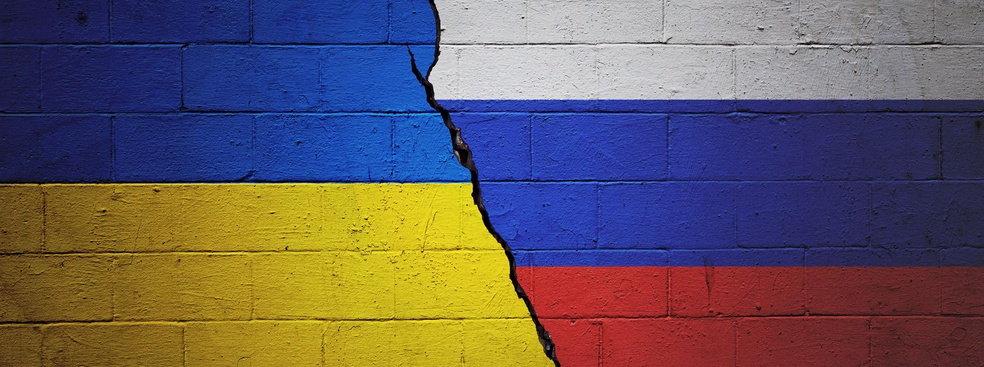The Russian invasion of Ukraine has already had devastating humanitarian, military, diplomatic, and economic consequences, which will only continue to mount as the conflict continues. Even if the end of the war is hard to predict, some exit scenarios can be drawn. Cedomir Nestorovic, a professor of geopolitics at ESSEC Business School, lists and explains these exit scenarios from least likely to most likely.
1. No negotiation, and the war continues at a steady pace.
On one side, the Russian forces prepare for a siege strategy and are increasingly surrounding cities like Odesa or Lviv. On the other side, President Zelensky refuses concessions, so the war continues with casualties, economic depression, more than six million expected refugees, and the diplomatic isolation of Russia while Ukraine does not get sufficient military or other help from Western countries. This is the most dramatic and the most unlikely scenario, because neither side has any interest in it. Russia cannot continue to shell cities nonstop and Zelensky cannot refuse concessions forever.
2. No negotiation with Zelensky, but local negotiations possible
The central government in Kyiv would like the resistance to Russian invasion to continue and amplify, but cannot send troops, weapons, and food to forces on the ground. Resistance will weaken under the assault of the Russian war machine and local leaders will start to negotiate humanitarian corridors for the evacuation of civilians and the provision of food and energy. Russia will be more than willing to accommodate these demands that weaken the central government. This is an unlikely scenario, because Kyiv will disavow local forces if they try to negotiate with Moscow.
3. Government in exile for Zelensky, new government installed by Moscow
If the security of Zelensky is no longer guaranteed because groups allegedly sponsored by Moscow continue to hunt him in Kyiv, there will be more calls for him to flee the country and establish a government in exile in Poland, Lithuania, or Romania. Moscow would immediately fill in the void and establish a government that would accept conditions imposed by Moscow and the war would be over. A long period will open where the two governments will compete for the seat in the UN, diplomatic representations worldwide, and the reserves of the Central Bank of Ukraine. This scenario relies on Zelensky’s decision whether or not to leave the country. For the time being, he rejects that option and has committed to remaining in Kyiv.
4. Zelensky negotiates with Moscow and accepts conditions under duress
Zelensky finds out that Western countries will not help him. Russian forces want to negotiate because it will be impossible for Moscow to continue a siege on such a big country with such a big population. Both sides have a vested interest in negotiation and Zelensky will declare the neutrality of Ukraine (no NATO application) and will accept autonomy or independence for Crimea and Donbas. By signing an agreement with Moscow, both countries will ask Western countries to stop sanctions against Russia. Zelensky will continue to be the President but will have to organize elections quickly. This is the most likely scenario because Ukraine will not receive help from the outside (especially troops and direct military engagement) and cannot defend itself alone. On the other side, Putin wants to end the war quickly because the war can morph into another Afghanistan for Russia. This would be devastating for Russia and Putin himself.








